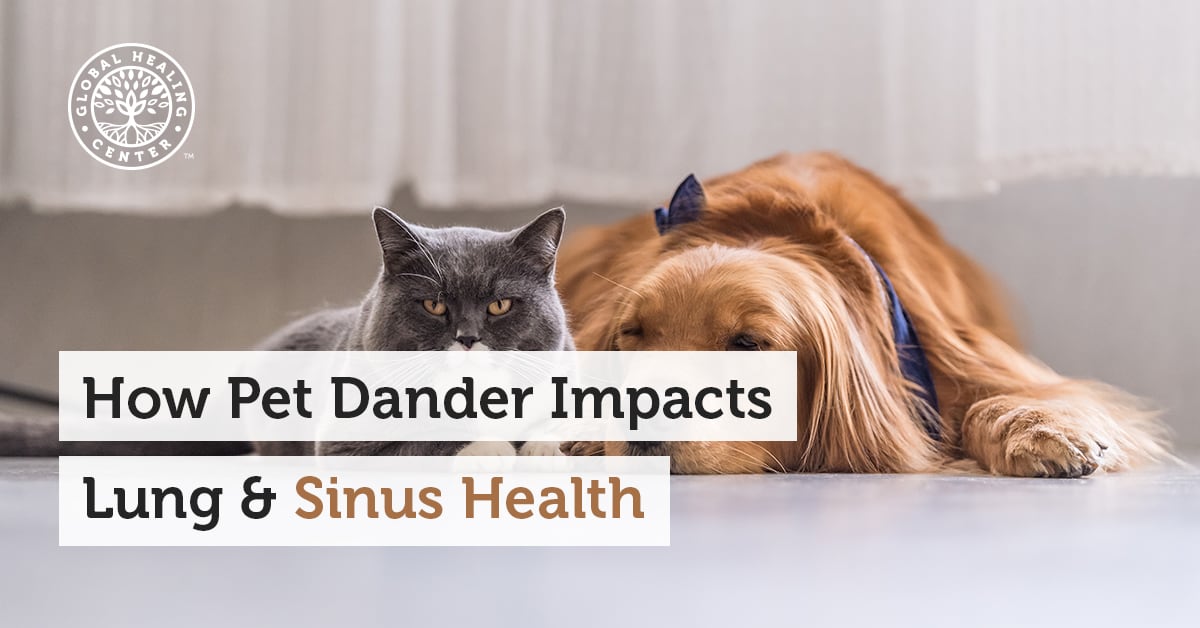
How Pet Dander Impacts Lung and Sinus Health
Consider vacuums or air cleaners that contain HEPA filters, which help control airborne allergens originating from pet dander. Bathe your pet regularly. T he Humane Society recommends that people with allergies should wash their cat or dog about once a week. If you only are allergic to the Can f 5 dog protein, consider adopting a female dog.
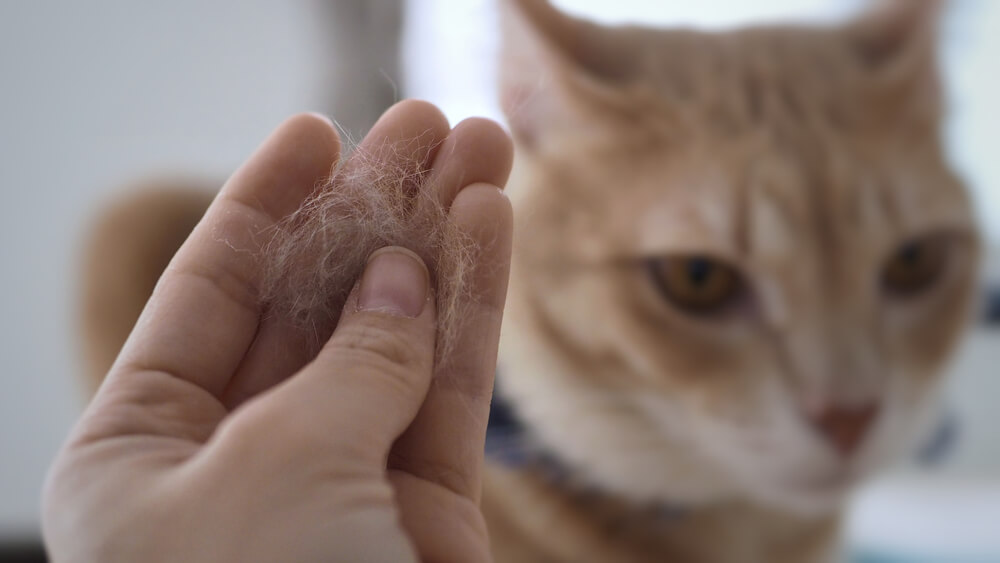
Understanding pet dander and how to manage it Chronicle Media
Bathe your fur babies regularly. The extra cleaning should also extend to your pets, advises Dr. Hong. If you can, bathe your pets regularly to help keep the protein-impacted dander to a minimum.

Allergy Relief How to Reduce Pet Dander in Your Home Pet dander, Pets, Pets cuddling
Pet dander is composed of tiny flecks of skin shed by cats, dogs, rodents, birds, and other animals with fur or feathers. Like us, dogs and cats must undergo a wardrobe change when the seasons change and the climate gets warmer. Many thick-coated pets shed heavily and release their protective under-layer of fur, which releases dander into the air.

Dog Dander The Ultimate Guide For Managing Dog Allergies
Cat Dander and Allergies. Cat dander, or more specifically, the Fel d1 protein in cat dander, triggers allergic reactions in sensitive people. Cat allergies in people are common. When you feel your eyes swell up or start sneezing around a cat, you are reacting to cat dander. Specifically, it is your immune system that is reacting to fel d1.
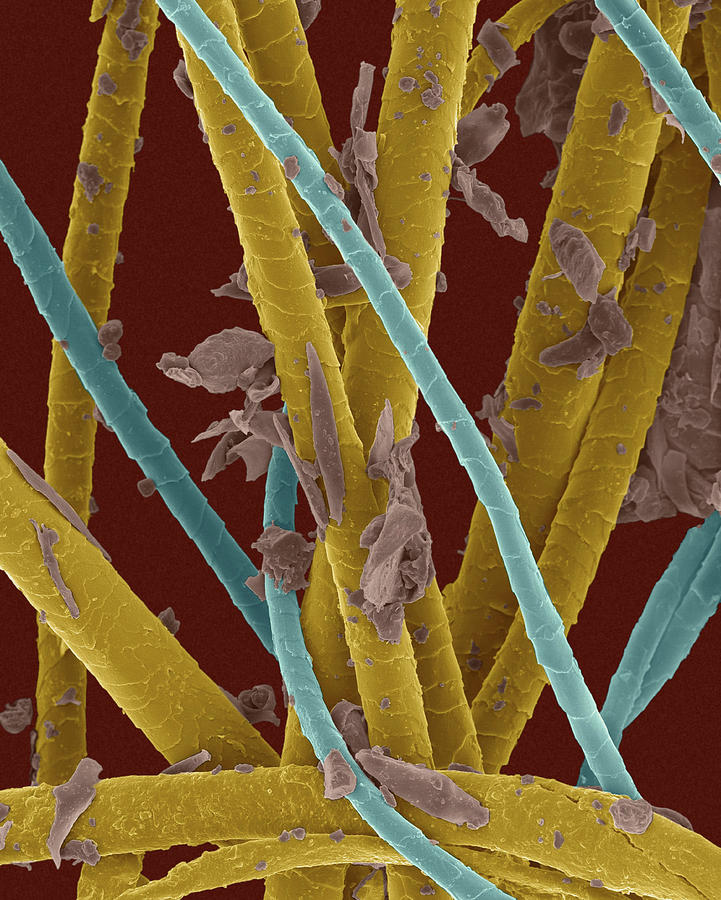
Pet Dander Photograph by Dennis Kunkel Microscopy/science Photo Library Pixels
The term "dander" refers to the skin flakes shed by any animal that has fur or feathers. According to the NIH, allergies become worse because of certain proteins secreted by oil glands that slough off as dander. The proteins that can cause allergies to pets are called pet allergens. Pet dander (skin flakes) is not the only source of pet.

Pets can be a major source of allergy in children. Let’s understand how this happens Dr. Ankit
Pet dander comes from skin cells that are shed by animals with fur or feathers - cats, dogs, guinea pigs, rabbits, birds, etc. Dander can trigger an allergy. Animals without fur, like reptiles, amphibians and fish, do not shed dander so they have less of a chance of triggering an allergic reaction. Pet dander is the most common source of a.

Pet Dander Under the Microscope
Most often, pet allergy is triggered by exposure to the dead flakes of skin (dander) a pet sheds. Any animal with fur can be a source of pet allergy, but pet allergies are most commonly associated with cats and dogs. If you have a pet allergy, the best strategy is to avoid or reduce exposure to the animal as much as possible.

Reduce pet dander allergy symptoms with four easy tips
references. Pet dander is the dead skin cells that shed off your pet. Dander is common in dogs and cats, but other mammals and birds may also have dander. If you have pet allergies, dander is a likely cause. Clean your home frequently and bathe your pet weekly to help reduce dander in your home.

Dog Dander Through the Microscope
Pet dander is tiny bits of skin shed by dogs, cats, and other pets with fur and feathers. For people who are allergic, these bits of skin can trigger reactions. Protein found in saliva, feces, and urine can cause allergic reactions in some people as well. Many people believe that shorthaired cats and dogs are better for reducing the amount of.

Dog Dander Through the Microscope
While bathing your pet will help reduce the amount of dander that is produced, it won't eliminate it entirely, so it will continue to fall off of your pet and settle on surfaces. Regular dusting will help keep it out of your respiratory tract, where it causes the sneezing and coughing. Get into the habit of dusting frequently, sweeping or.

What Is Pet Dander and How Do You Get Rid of It? Pet allergies, Pet dander, Cat allergies
Pet Dander: Definition and Misconceptions. What is pet dander? One common misconception is that pet dander is only produced by cats and dogs, when, in fact, it is also produced by birds, rabbits, hamsters, and other furry and feathery animals. Dander refers to dry skin that flakes off of animals, in turn becoming airborne and settling.
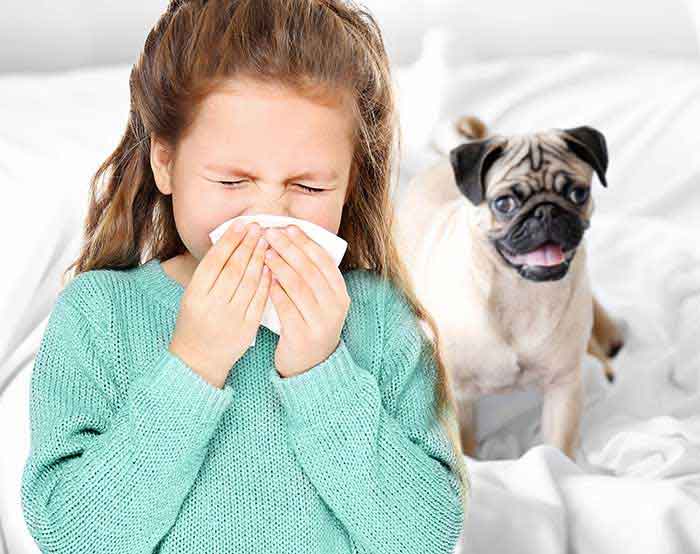
Dander in the Home Affecting Your Health Healthy Homes
And so can a low-shedding, low-drooling dog fond of urinating around the house. ( 11.) Change your clothes after every prolonged pet exposure. Wash your pet's bedding, toys, and items as frequently as possible to reduce the density of airborne allergens. If you have a cat, clean the litter box at least once a day.

Pet Dander From Cats to Dogs, and Solutions for Your Furry Pals Molekule Blog
Tuck recommends the following strategies for reducing pet dander: Regular cleaning. This step is essential and includes vacuuming with a HEPA filter in place and damp dusting. Purify the air. She also suggests making your bedroom a pet-free zone and placing an air purifier in it.

How to Handle Pet Dander in Your Home
Dander is dead skin cells that are regularly sloughed off and replaced by new skin cells. All cats produce dander, but not all people are allergic to it.". to eliminate as much dust as possible (idea: reduce the number of "dust collectors" on your shelves) and vacuum pet hair regularly. "Home air filtration systems can also help.
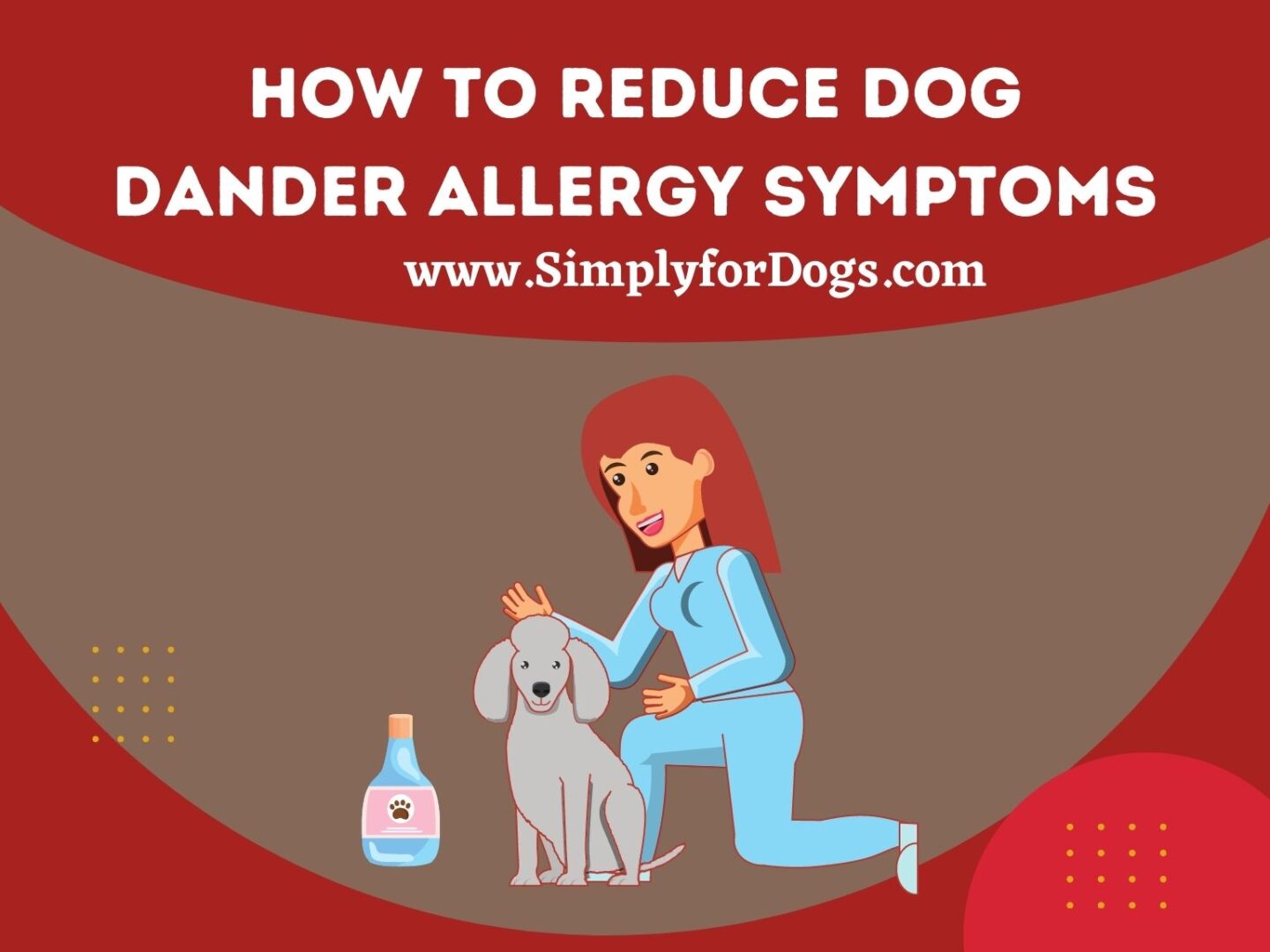
Dog Dander Allergy Symptoms (Way to Reduce) Simply For Dogs
Pet dander is nothing, but tiny flecks of skin shed by cats, dogs, birds, and other animals that have fur or feathers. When dander from a pet gets released into the air, it causes health problems to the pet parent, specifically with the above-mentioned health conditions. Besides it triggers allergy symptoms in some human beings, it can also.

What Is Dog Dander
Dander is material shed from the body of humans and other animals that have fur, hair, or feathers.. More pet dander is sloughed off in older animals than in younger animals. Dander build up can be a cause of allergies, such as allergic rhinitis, in humans. Dr. Paivi Salo, an allergy expert at the National Institute of Health, states that.